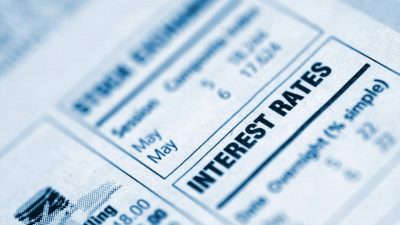While building a nest egg for retirement may seem to be a challenging task, buying dividend stocks could make it easier. Dividends have the potential to boost total returns over a long-term time period, and could signal that a stock offers a sound financial outlook.
By focusing on areas such as dividend cover, a track record of dividend growth and the reinvestment of stockholder payouts, it may be possible to improve your retirement prospects in the long run.
Dividend cover
While high yields may hold appeal to investors due to the income return they offer, buying stocks which have dividends that are well covered could be a better idea. After all, a high yield is of limited use if it eventually becomes unaffordable.
One measure that investors can use to determine the safety of a dividend, and the chances of it being paid, is the dividend coverage ratio. This simply divides net profit by dividends to arrive at a decimal figure. Anything above 1 indicates that dividends are affordable, while any figure below 1 should cause an investor to become cautious about the prospects of dividends continuing to be paid at their current level.
Clearly, a higher dividend coverage ratio suggests that there is more scope to increase stockholder payouts at a faster pace than profit growth. As such, buying companies in such a situation could boost the long-term dividend growth rate within an investor’s portfolio.
Track record
Although past performance is not necessarily a guide to the future, companies with reliable track records of dividend growth could be more appealing than those with a mixed history of stockholder payouts. They may eventually attract premium valuations, since investors may deem them to be lower risk than some of their index peers. Meanwhile, consistent dividend growth may indicate that the company enjoys a competitive advantage over its peers which enables it to post solid earnings growth in future.
Buying stocks with solid track records of income returns could help to provide an investor’s portfolio with a more reliable income stream. Over the long run, this could be more appealing than a relatively volatile dividend profile.
Reinvestment
Although it is tempting to spend dividends that are received, reinvesting them for the future enables compounding to have an influence over returns. While in the short run, reinvesting dividends may not produce stunning returns, over the long run various studies have shown that the compounding of dividends can have a major influence on total returns.
Since the prospects for the world economy continue to be uncertain, capital growth may be more limited over the next few years than it has been in the recent past. As such, the returns from dividends may become increasingly important, and could have an even greater impact on an individual’s retirement prospects than would normally be the case.






